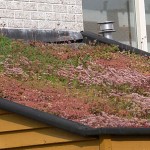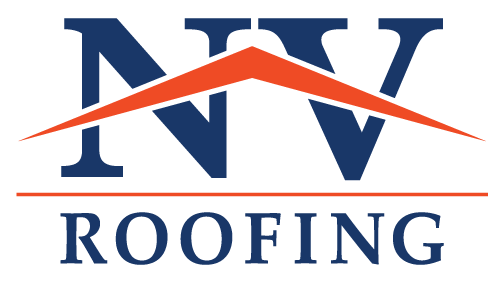All about Green Roofs:
Disclaimer: We are currently not working with green roofs. This article is for educational purposes only.
If you’ve ever visited certain government or university buildings in places like Chicago or Virginia, you may have noticed something interesting about a few of the buildings themselves. Specifically, that the buildings may have what appears to be grass, plants, shrubs, or trees growing from the tops. These are known as green roofs, or living roofs and they offer several advantages over standard roofing materials.
What Is a Green Roof?
In its simplest terms, a green roof is a layer of vegetation grown on top of a building.
Depending upon how the roof is laid out, this may be a very simple 2-inch layer of ground cover, or it may be a beautifully appointed and laid out park, complete with trees, bushes, and a vegetable gardens.
Why Install a Green Roof
In addition to being a great way to add some vegetation to urban areas, living roofs have several other advantages as well.
Natural Coolant

Insulation
In addition to preventing the building from overheating during the warm months, the vegetation on top of the roof also acts as a layer of insulation. This prevents heat from escaping the building during cooler months, further reducing energy costs. This also has the added benefit of making the people inside the building more comfortable, which can in turn reduce stress levels and increase productivity.
Reduction of Air Pollution
Vegetation and trees breathe carbon dioxide, while releasing fresh oxygen into the air. In urban areas where vegetation and trees are scarce, green roofs can help to lower the amount of air pollution in the area.
Water Management
The vegetation on top of a living roof absorbs a great deal of rain water, which helps to manage storm water runoff, while filtering much of the water that it does collect.
Installing a Green Roof
If you choose to have a green or living roof installed on your building, you have two basic options to consider for how the roof is implemented and laid.
Modules
The fastest and easiest – although most expensive – way to install a living roof is modular. Units complete with drainage, fillers, and growing vegetation are installed in an interlocking pattern on your roof. Many modular systems can be rearranged and laid out in several different configurations.
Grow-Your-Own
In addition to purchasing modules, you also have the ability to grow your own vegetation using the loose-laid method, done in a layering process:
- The roof is structurally reinforced to support the additional weight; new supports are often constructed
- A vapor barrier is installed
- Insulation is put down
- Another support panel is placed, followed by a waterproof, root resistant layer
- The drainage layer – usually crushed stones – are placed and a filter membrane is put on top
- The growing medium is laid and the vegetation is planted
Cost
The cost of a living roof varies depending upon the area, the method of construction chosen, and the condition of the existing roof. Roofs that require additional reinforcing to support the weight of the vegetation will ultimately cost more than roofs that require less support.
The average cost of a living roof ranges from $10 to $25 a square foot, depending on the complexity of the layout. Keep in mind that you may need to factor maintenance costs into the roof to keep things growing; average maintenance costs are $0.75 to $1.50, per square foot, per year.
Remember that while this style of roof is more expensive than more traditional roofs, it is designed to save you money in energy costs over its lifetime, allowing the roof to at least partially pay for itself.
Learn More
Green roofs have been used in several European countries for many years, and their benefits are well documented. Consider installing one yourself; contact us today to learn more about this innovative roofing material and what benefits you may receive from installing it.
